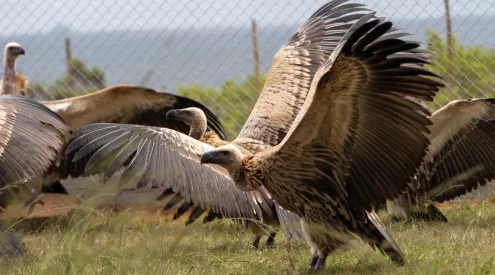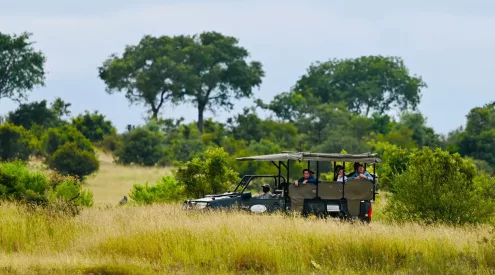Dever zoo staff are celebrating the birth of a female greater one-horned rhino (also known as an Indian rhino) calf on Saturday morning, 22 February, the first to be born at the zoo.
The baby and mother, named Tensing, are both doing well – but it was a long journey to bring this baby into the world, according to a press statement by the Denver Zoo. There were 11 unsuccessful artificial insemination attempts over four years before the 12th attempt by specialist Dr. Anneke Moresco — with help from Dr. Monica Stoops from the Center for Conservation and Research of Endangered Wildlife (CREW) at Cincinnati Zoo – finally took.
The calf will stay behind the scenes in Toyota Elephant Passage for six to eight weeks to give her time to bond with Tensing under the watch of their care team, said the statement.
‘It’s a significant event for several reasons, including the fact that this is the first greater one-horned rhino born at Denver Zoo, and because it was another very important step in reproductive science for animals in the wild and human care,’ said Brian Aucone, Senior Vice President for Animal Sciences.
‘It took extraordinary patience and dedication over countless hours to make Tensing feel at ease with the artificial insemination and ultrasound procedures that ultimately resulted in a healthy mom and calf,’ said Assistant Pachyderm Curator Lindsey Kirkman.

Tensing and her calf sleeping at Denver Zoo. Image credit: Denver Zoo.
The greater one-horned rhino, the largest of the rhino species, is native to northeastern India and southern Nepal and was on the brink of extinction with only about 200 animals remaining at the beginning of the 20th century.
‘The recovery of the greater one-horned rhino is among the greatest conservation success stories in Asia. Thanks to strict protection and management from Indian and Nepalese wildlife authorities,’ says the World Wildlife Fund on its website.
Since then there has been a recovery to 3,500 individuals worldwide, however, the species is still listed as ‘vulnerable’ by the International Union for the Conservation of Nature ‘due to numerous threats in their native range of northeastern India and southern Nepal, including human-wildlife conflict and poaching for their horns.’
Images: Denver Zoo


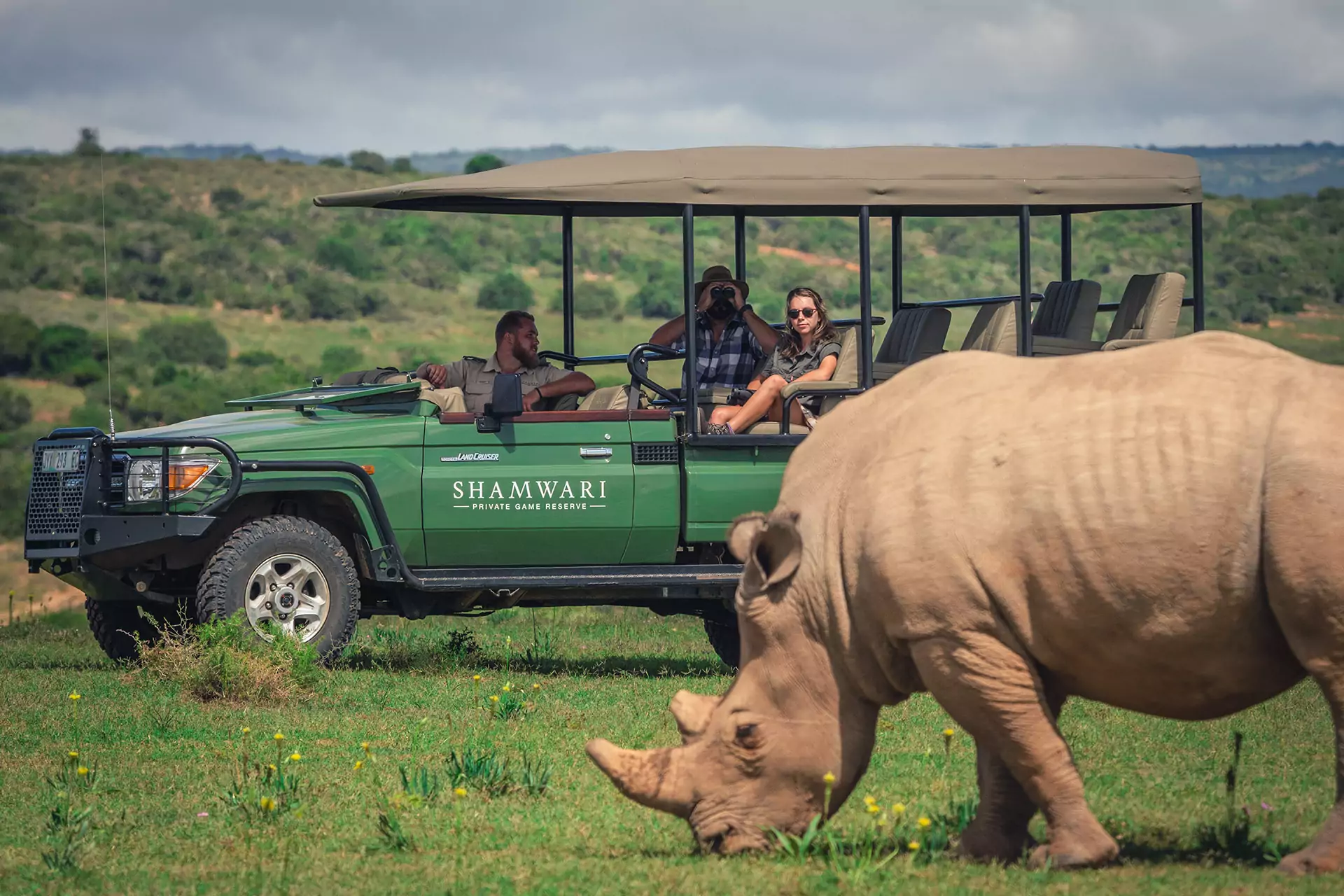
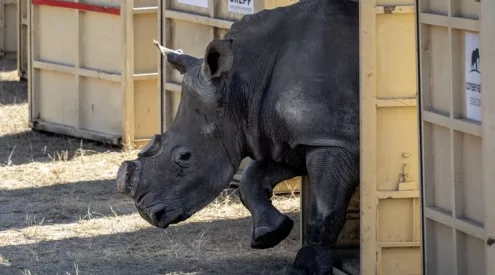

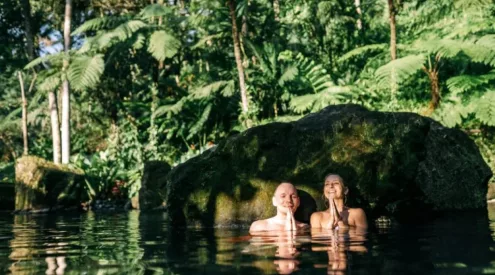



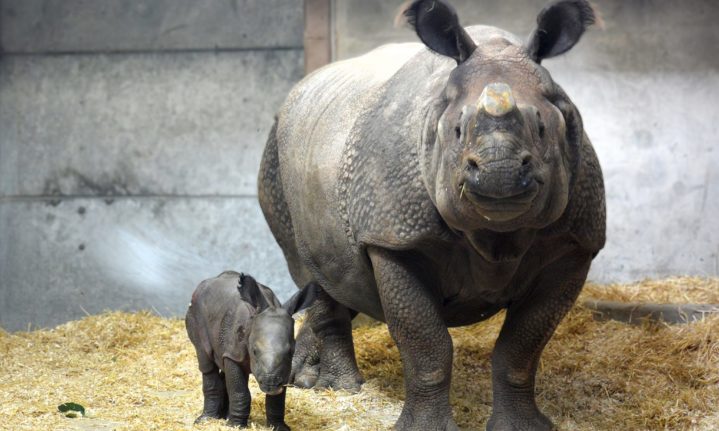
 is HERE!!! For all the details about this perfect lil’ bundle of greater one-horned rhino joy,
is HERE!!! For all the details about this perfect lil’ bundle of greater one-horned rhino joy,  link in bio
link in bio  : Caitlin J., Zookeeper
: Caitlin J., Zookeeper